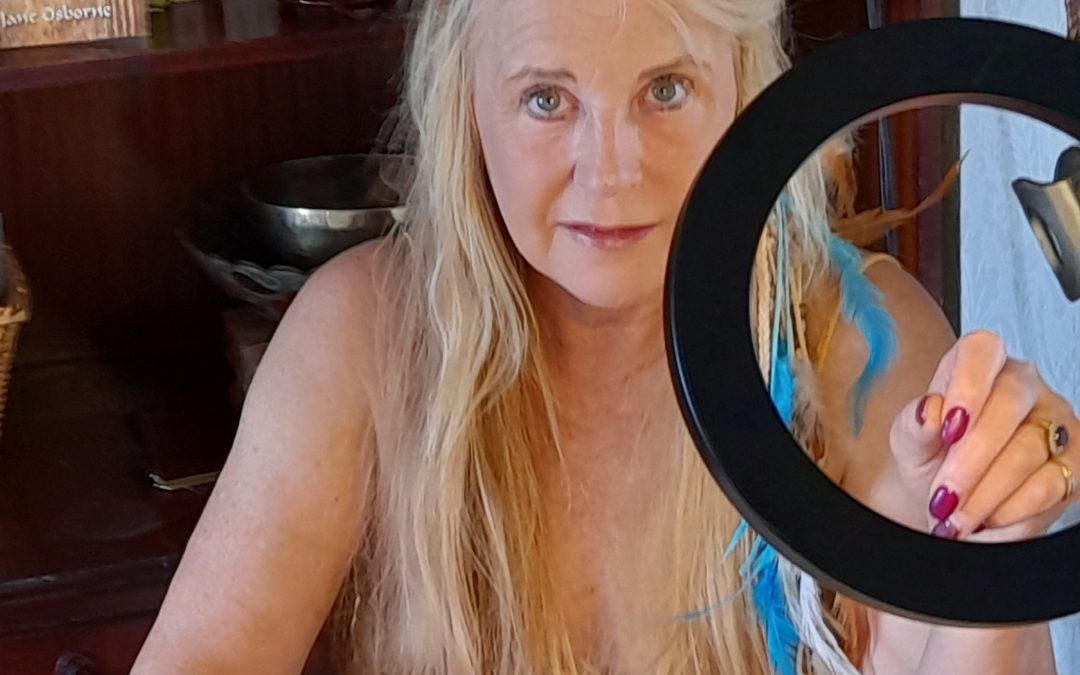[cs_content][cs_section parallax=”false” style=”margin: 0px;padding: 45px 0px;”][cs_row inner_container=”true” marginless_columns=”false” style=”margin: 0px auto;padding: 0px;”][cs_column bg_color=”hsl(0, 10%, 91%)” fade=”false” fade_animation=”in” fade_animation_offset=”45px” fade_duration=”750″ type=”2/3″ style=”padding: 0px;”][cs_text]Make Past Life Regression One of Your New Year Resolutions in Seven Simple Steps
One of the truisms about Past Life Regression Therapy (PLRT) is that whatever those who undertake it think they are going to encounter, they tend to end up branching off somewhere else.
Some approach it out of curiosity. In my experience, many more approach it to deal with aspects of their lives which are troubling them. When I first speak to them, it frequently transpires that although PLRT may offer an option worth exploring, other matters may need to be dealt with first. Perhaps it is just straight forwards meditation and mindfulness to cope with the hurly burly of everyday life, but it may also be about re-exploring their lives, particularly their early lives, to find a psychological equilibrium and peace.
Once we arrive at PLRT, the results can surprise. On one level people can be fascinated and intrigued to uncover past lives, talents, experiences, traumas and triumphs. That can offer comfort, resolution and satisfaction. But beyond that, such information offers much more.
By understanding the “old you” the opportunity is offered to create a “new you”, simultaneously understanding of, but unshackled from, the past.
I believe passionately in free will, we can choose wisely, or poorly, the closure that PLRT can offer gives us the chance to be positive, and see and shape a better future.
1. Who are you now? – It isn’t enough to understand what has gone before, as George Elliott wrote, “It is never too late to be what you might have been”. Once we have come to understand our past better, we have to accept it, and be reconciled to it. It is a wonderful opportunity to look within, identify what had been holding us back, and leave it behind. Once you have found out where you came from – decide where you are going!
2. Make Free Will Count – if it is to be, it is up to me. We are no longer trapped, but liberated. It isn’t life that defines us, but how we define our lives. What do we want to do? In the past we may have felt dragged down, by events, but also by the negativity of others. Others who delight in telling us what we are not, what we can’t do. It is almost as if they enjoy draining the energy out of their victims, pouncing on them again and again if they show any sign of life. We can redefine, and rebrand ourselves, and leave the old you, how you were seen by others, how you were labelled, behind.
We do not need to secure those people’s permission and approval, we can do it for ourselves – once we have worked out who the new us is. Go on, grab a blank sheet of paper. What does this new person look like? Who are they? What do they do? You either think you can, or you think you can’t, either way you are right.
3. Be True to Yourself – is this really the new you. Are you sure? Absolutely sure. If you are picked up, turned upside down, rotated, and subjected to a hundred questions, will the new you still be there? Being true to yourself is finding that equilibrium I spoke of earlier in which our thoughts, words and deeds are in harmony, with no conflict. It is so much easier when everything fits. This does not need to be about big deeds and grand gestures either, consistently living the little things in harmony creates a strong core for the big things.
4. Take Action – do we want to be defined by what we didn’t do. Or what we did do? We can either make things happen, let things happen – or wonder what has happened. A survey was conducted amongst staff who care for terminally ill patients. When asked for regrets, consistently the top regret was NOT doing things, not doing them. So, we need to work out what we want, what we need to be, and what we need to do to achieve that. Tell people what you can do, not what you cannot do.
5. Image – Image is all. What do people see when they look at us? How do we speak? How do we dress? What message are we sending out? Subconsciously we do this all the time. A man not shaving for the day, may be saying “I have earned this”, “I can’t be bothered” or “I am relaxed”, which is it? We can all worry that we are not the perfect mother, father, employee, or boss. But who is? Everyone has a go. Sometimes you have to fake it before you can make it. My partner had a naughty five-year-old whom he was taking to an important family dinner. He was worried that the mischievous boy would let him down. “Just for this afternoon, I want you to pretend that you are a really good, polite little boy for this important occasion” his father said hopefully. The boy behaved impeccably, much to his father’s relief. As they climbed back into the car afterwards in the hotel car park, the boy said “I was really good, wasn’t I Dad? The serving ladies didn’t know that really I am quite naughty”. So, who was the “real” child, the naughty one, or the well behaved one?
6. Take Responsibility – Our life is our own responsibility. No-one is responsible for our happiness. Things will happen to us, good things, bad things, some deserved, some undeserved. We have no control of that. We do have control over how we respond. Celebrate the response, not the misfortune. And when things do not turn out as we had hoped, whose responsibility is it? Ours. Don’t blame others. Think like a computer programmer – rubbish input, rubbish output.
7. Ask Questions – As I have grown older three life truths have impressed me. The cleverest people tell you what they don’t know, not what they do know. The cleverest people ask lots of questions, they don’t profess to have all the answers. The cleverest people pass on the credit to others, not because they were not responsible for their own success, but because no-one can achieve anything of significance without the help of others.
In social situations are you the one who is broadcasting their views and making the most noise, or the one asking the questions and listening? Would you rather be the one who everyone sees as a brash egotist, or the one who by passing on credit, does credit to themselves?
The above seven precepts unerringly have significance for all who undergo PLR, then ask – what next? PLR in itself is wonderful, informative, and enlightening, but simply leaving it at that is to wilfully underestimate the process.
Once we have come to terms with our present, by coming to terms with our past, the future is the pressing unanswered question.
It is one that we can help to answer by learning from the past to choose our own future, for we all can choose our own behaviour.
By doing so, not only can we gain satisfaction now, and for our immediate future in this lifetime, but also it ensures that when, in time, we look back on this life, we can do so with confidence and self-satisfaction.
( An extract from “Exploring Past Lives” – by Jane Osborne) out now on Amazon.
For a private regression email jane-osbornembs@outlook.com[/cs_text][/cs_column][cs_column fade=”false” fade_animation=”in” fade_animation_offset=”45px” fade_duration=”750″ type=”1/3″ style=”padding: 0px;”][x_image type=”none” src=”https://jane-osborne.com/wp-content/uploads/2017/10/front-cover1.jpg” alt=”” link=”false” href=”#” title=”” target=”” info=”none” info_place=”top” info_trigger=”hover” info_content=””][/cs_column][/cs_row][/cs_section][/cs_content]







